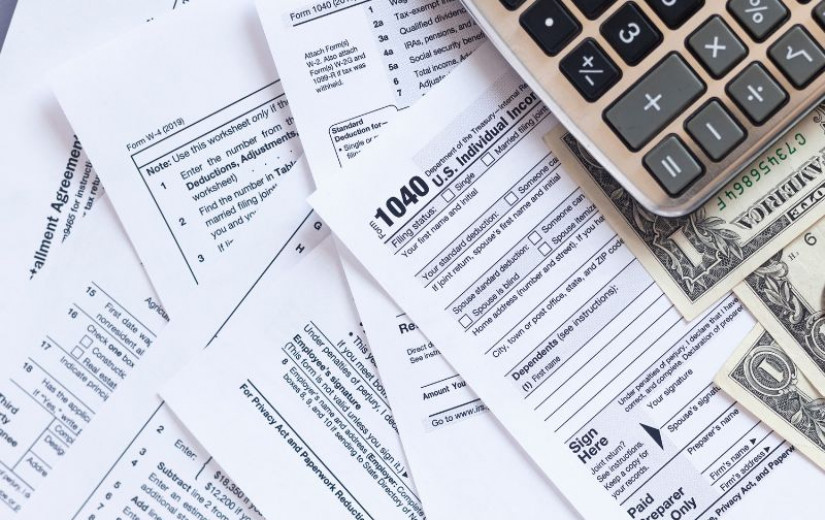

With all the terribleness going on, we need to make those in power know that their attempts to bring fascism to America will not stand, man. But we also need to remind ourselves that a better country is worth fighting for, and that despite all the free range evil in our politics, humans really can do some amazing things, too. And so, let’s do another Climate Nice Time, not because we’re whistling past the graveyard and refusing to acknowledge the abyss, but because staring into that sucker all the time is exhausting.
The rapid growth of renewable energy in the last couple decades, especially the proliferation of solar, which has become almost ridiculously inexpensive, means that in 2024, a bit more than 40 percent of the world’s electricity came from carbon-free sources. That’s according to the latest annual review of world electricity by the clean-energy thinktank Ember, which looked at electricity use and generation data in 215 countries, not one of which is an island populated only penguins.
While solar has been the fastest-growing source of clean energy for 20 years running, all solar (both grid-scale power plants and rooftop home installations) still provides only seven percent of world electricity, with wind accounting for another eight percent. Thing is, those percentages keep growing, while the two top sources of carbon-free electricity, hydroelectric (14 percent) and nuclear (nine percent) have remained fairly static. Other renewable sources like geothermal, biomass, and tidal energy account for another three percent; the growth of enhanced geothermal in the next decade is almost certain to take it out of the “other” category as surely as the Professor and Mary Ann broke out of “And the rest” in the second season of “Gilligan’s Island.”
The Ember study notes that total solar generation has doubled in the last three years, and about half of that new solar has come online in China, which is beating the pants off the rest of the world in deploying clean energy.
Ember had previously predicted that the world’s emissions from electricity would peak in 2023 and begin declining after that, but a series of deadly heatwaves around the world that year boosted air conditioning use and therefore electricity demand past the growth of clean energy, also increasing fossil fuel generation by about 1.4 percent. Hello again, first chapter of The Ministry for the Future. Even if we don’t see a similar outbreak of heatwaves, increasing demand from data centers and for charging EVs means it remains critical to install as much new renewable energy as possible to keep up. Happily, the rest of the world doesn’t have That Man running it. [Guardian / Ember]
Here’s just one of the energy success stories that contributed to the growth in clean energy: Germany has in the last few years seen a small revolution in solar panels that can be mounted right on apartment balconies. Unlike rooftop systems that are meant for homeowners, balcony solar is meant to be easily installed by renters, and the basic equipment can be bought online or even in supermarkets. Hell yeah, energy solutions for renters!
They start at around 500 Euros (around $570) for a simple system. In Germany, that socialist hellhole, government incentives also help with the purchase price. The systems include a “microinverter” that converts the panels’ DC output to AC home current, and plugs right into the wall. Regulations limit balcony systems’ output to 800 watts, because grid strain problems could result from lots of folks plugging more powerful systems into apartment walls. Still, it’s enough to
power a small fridge or charge a laptop, [and] the cumulative effect is nudging the country toward its clean energy goals while giving apartment dwellers, who make up more than half of the population, an easy way to save money and address the climate crisis.
Then there’s the sense of shared community involvement in doing one’s part: Neighbors see those panels and want to know more, and as renter Matthias Weyland said of his balcony solar setup,
“I love the feeling of charging the bike when the sun is shining, or having the washing machine run when the sun is shining, and to know that it comes directly from the sun. […] It’s a small step you can take as a tenant.”
Neato! I’m always excited to hear about options for renters to become part of the energy transition, and when you elect me, I’ll make damn sure the next climate bill includes subsidies for ebikes, balcony solar, and incentives for EV charging for apartments and condos too! [Grist]
Thanks in part to the incentives in Joe Biden’s climate law, but also because solar is so friggin’ cheap, a whopping 96 percent of new energy capacity in 2024 was carbon-free. Here, have a nice chart from Canary Media:

Solar installations dominated power plant additions — 34 gigawatts of utility-scale solar were constructed across the U.S., a 74 percent jump from 2023’s record-high year. Texas and California drove most of this surge.
Grid batteries were the next-biggest new source of power capacity — and saw the fastest growth. The U.S. built 13 GW of energy storage last year, almost double 2023’s record-shattering 6.6 GW. Texas and California led the way here as well.
The amount of new wind resources coming online dropped for the fourth straight year, however. The pandemic’s supply chain disruptions, followed by high inflation and the Fed’s high interest rates meant to combat inflation, really did a number on wind, far more than on solar and storage. Wind has also been hit hard by the slow process of connecting new generation capacity to the grid, a huge problem for all new energy. Donald Trump’s bizarre hatred of wind is likely to seriously slow wind growth in the US in the next few years, as will astroturfed rightwing opposition in red states. Stupid, stupid Right creatures!
We still need to do a good deep dive on just how idiotic Trump’s “energy emergency” declaration is, since it leaves out renewables, the least expensive and fastest-growing energy sector, for the sake of trying to boost fossil fuels — even as his idiotic tariffs will play hell with fossil fuel prices, too! But today is climate nice time, so that deep dive remains on our to-do list.
Hey, speaking of nice, here’s another fun fact, also from Canary Media and Ember: March was pretty sunny and windy in the USA, and that meant that for the first time ever, America’s energy grid had more clean energy on it than electricity generated by fossil fuels. A decade ago, the US electric grid relied on fossil fuels for two-thirds of its power, and a good chunk of that (34 percent) was still coal, the most carbon-intensive source, and one that’s far more expensive than renewables. It’s down to just 15 percent of the energy mix today, and fuck you, Donald Trump, we ain’t going back. (Fuck Trump is always in the “nice” category). [Canary Media / Canary Media again]
Just a few random nice climate moments, Tabs-style:
Two years ago, Helsinki, Finland, decided to ditch coal power, which at the time made up 64 percent of the city’s electric power. The effort to reach the decision took a decade, but once made, it’s gone into effect quickly. Thanks to being ideally situated for wind power (resulting in absurdly low electric rates that approached zero Euros per kilowatt hour) and having a huge distributed heating system that warms homes and businesses with hot water pipes, Helsinki has largely shut down the coal plants that it used to run on. [Fast Company (paywalled); archive link]
For Earth Day (April 26) this month, 54 streets in New York City will be closed to cars so people can stroll and bike and generally see what living without cars could look like. It’s a one-day cleaner, quieter, Euro-style socialist hellhole celebration that the city has been doing since 2016! [Time Out New York]
Thanks to aggressive socialist hellhole government regulations and oppression, plastic pollution along Australia’s coastlines has dropped nearly 40 percent since 2013, and the sea turtles and people walking and doing recreation On the Beach are pretty damn glad to see it. The number of surveyed sites that had no plastic debris at all increased by an impressive 16 percent in the same period. [The Independent]
Lego this week opened a $1 billion factory in Vietnam that will by 2026 be making the popular building bricks using entirely clean energy, primarily solar panels and battery storage. The playsets produced there will be almost entirely for the booming Asian market, although Crom only knows how stupid US tariffs on Vietnam and the rest of the world may affect that rollout. Possibly some! And yes, Lego bricks are made with oil-based plastic; the company is spending big on researching more sustainable materials, but so far with only mixed success. [AP]
Go have you a great weekend, keep your activist batteries charged, and remember that the bastards only win if we let them!
Yr Wonkette is funded entirely by reader donations. If you can, please become a paid subscriber, or you could also donate one time with this button, which is pretty freaking nice, too.









